Poisonous Milkweed vine?
topsiebeezelbub
11 years ago
Related Stories

FLOWERS AND PLANTSHelp Monarchs and Other Butterflies by Planting Common Milkweed
Summer-blooming Asclepias syriaca is an important larval host plant for the monarch butterfly and attracts a number of pollinating insects
Full Story
GARDENING GUIDESGreat Design Plant: Milkweed
Quit cringing. This not-weed plant is a sight to behold in the garden, has a delicious vanilla scent and is a magnet for butterflies
Full Story
GARDENING GUIDESGreat Design Plant: Butterfly Milkweed, a Beacon in the Prairie
Vivacious orange flowers for you, nectar for the butterflies and bees. Asclepias tuberosa is worth planting for more reasons than one
Full Story
LANDSCAPE DESIGNSee 5 Unexpected Ways to Use Vines
Vines can grow over slopes, trail off pergolas and add seasonal color to the garden
Full Story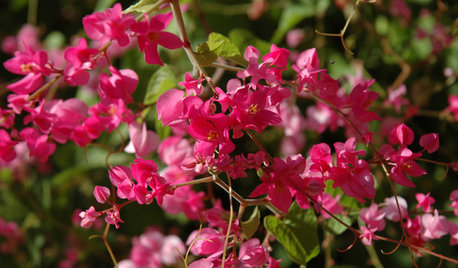
SOUTHWEST GARDENING10 Flowering Vines for Southwestern Gardens
These resilient, adaptable plants thrive in the region’s extreme climate and provide a variety of garden benefits
Full Story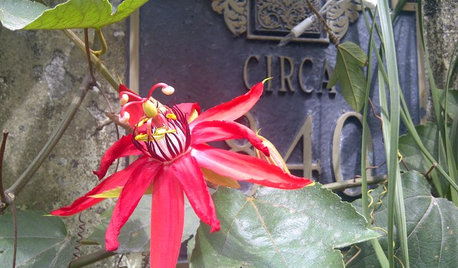
FLOWERS5 Sensational Flowering Vines for Warm Climates
Splash your garden with bright tropical color from late summer through fall with these showy trailing and climbing beauties
Full Story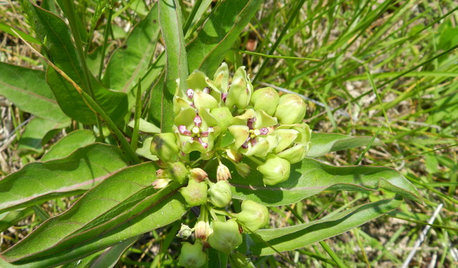
GARDENING GUIDESGreat Design Plant: Asclepias Viridis
Green antelopehorn is a milkweed that is short, drought-tolerant, not aggressive and a monarch favorite
Full Story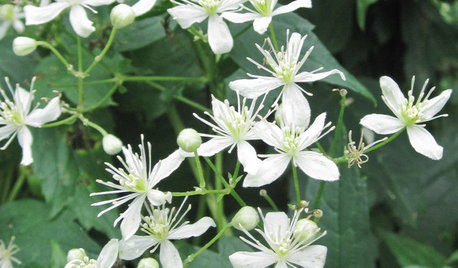
GARDENING GUIDESGreat Design Plant: Clematis Virginiana
Devil’s darning needles, a vigorous vine native to eastern North America, likes partial shade and many types of soils
Full Story
GARDENING GUIDESGreat Design Plant: Asclepias Incarnata for a Butterfly Garden
Beautiful swamp milkweed makes it easy to help monarchs and other pollinators in eastern U.S. gardens
Full Story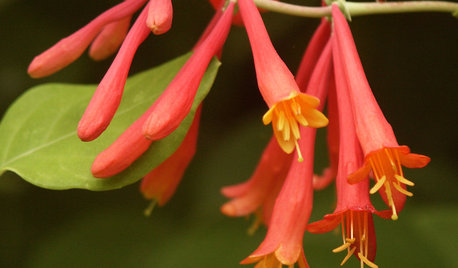
GARDENING GUIDESGreat Design Plant: Lonicera Sempervirens
Grow this long-blooming, flashy flowering vine to cover a fence or arbor and attract hordes of hummingbirds all season long
Full Story






fighting8r
MissSherry
Related Professionals
Maple Valley Landscape Architects & Landscape Designers · Benbrook Landscape Architects & Landscape Designers · Wilmington Landscape Contractors · Darien Landscape Contractors · Gresham Landscape Contractors · Sugar Hill Landscape Contractors · Whitehall Landscape Contractors · Fremont Fence Contractors · Goodyear Fence Contractors · Zion Fence Contractors · Dalton Window Contractors · Mableton Window Contractors · Sayville Window Contractors · Tamiami Window Contractors · University City Window Contractorssusanlynne48
bananasinohio
KC Clark - Zone 2012-6a OH
topsiebeezelbubOriginal Author